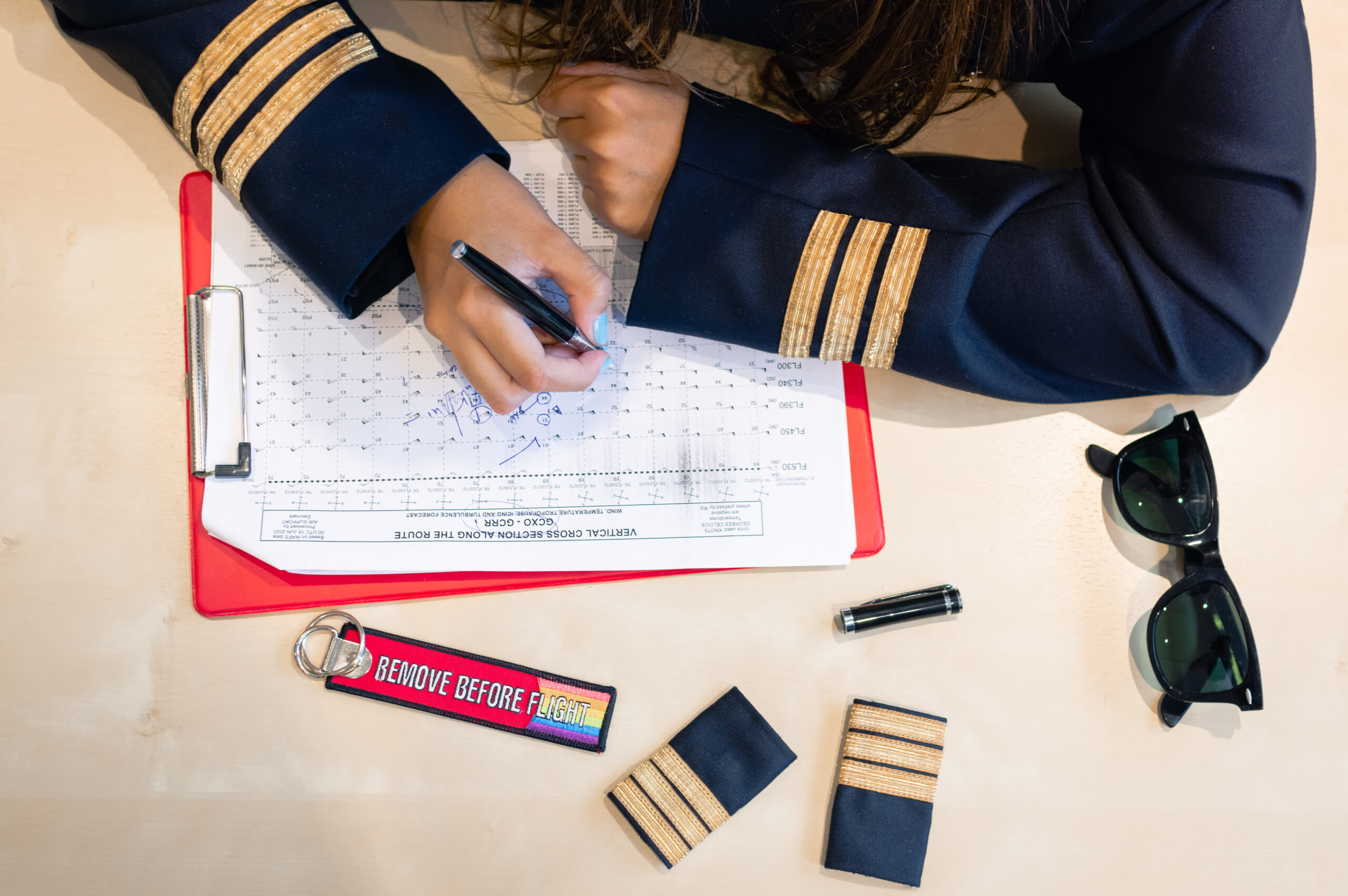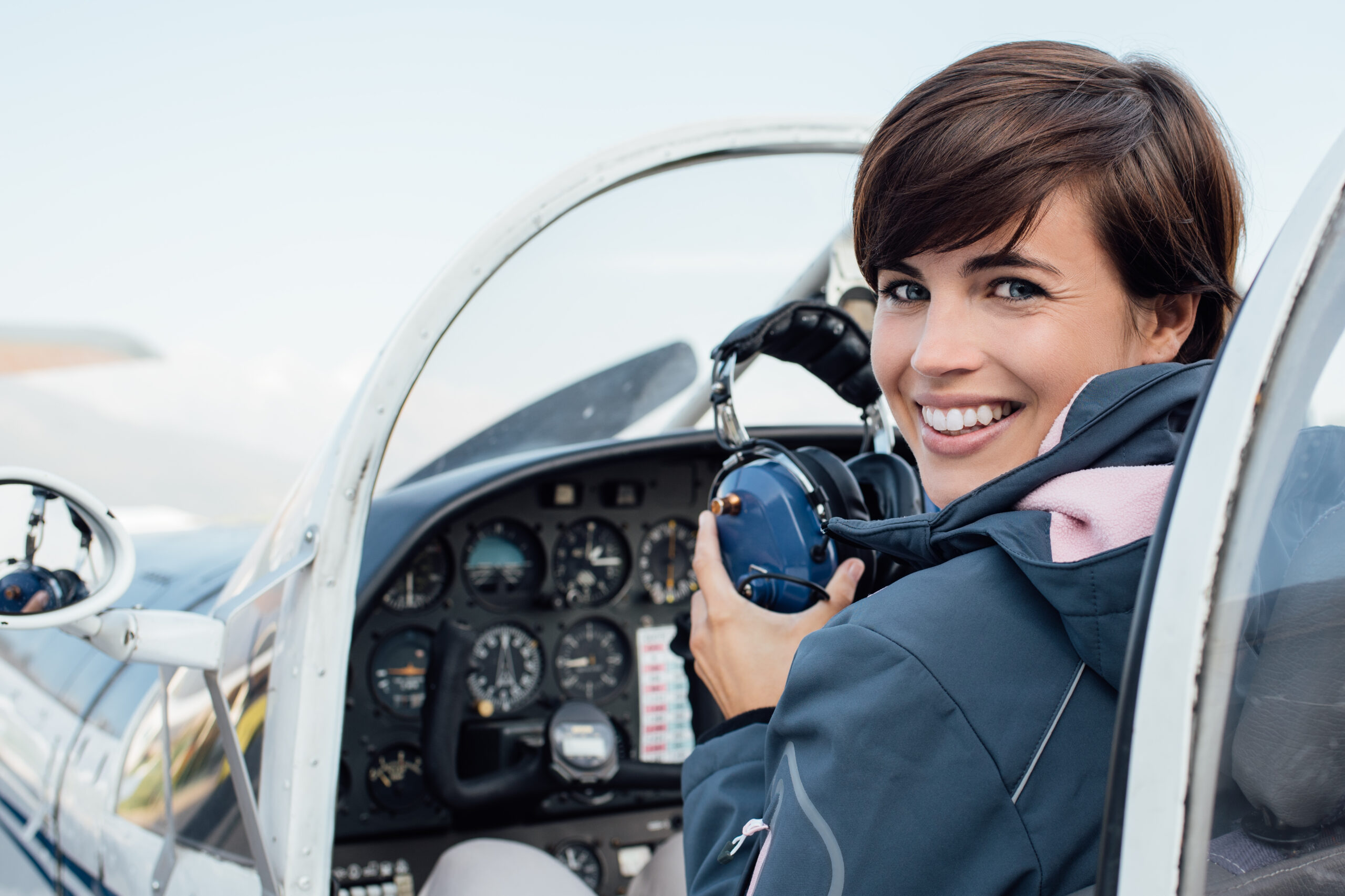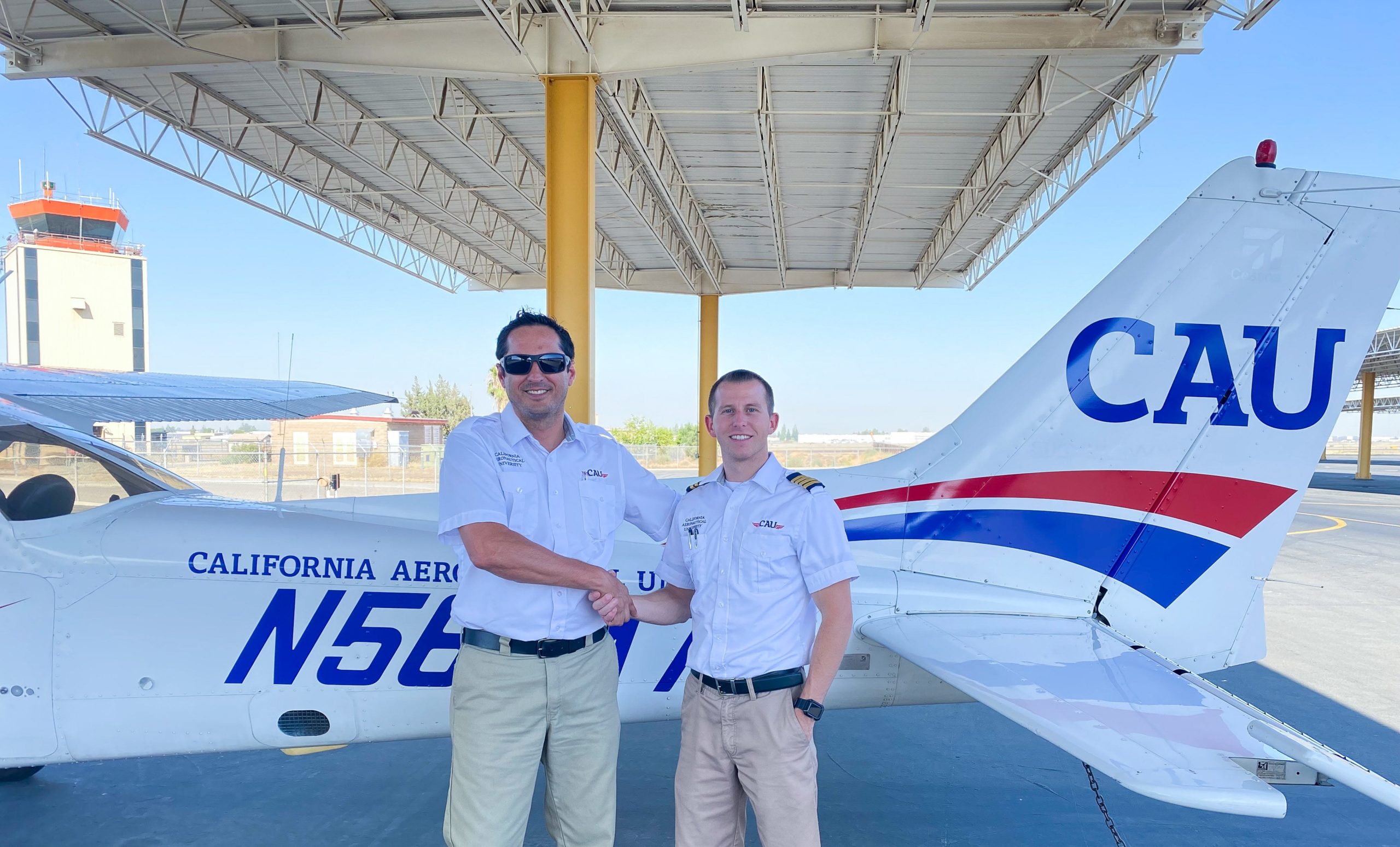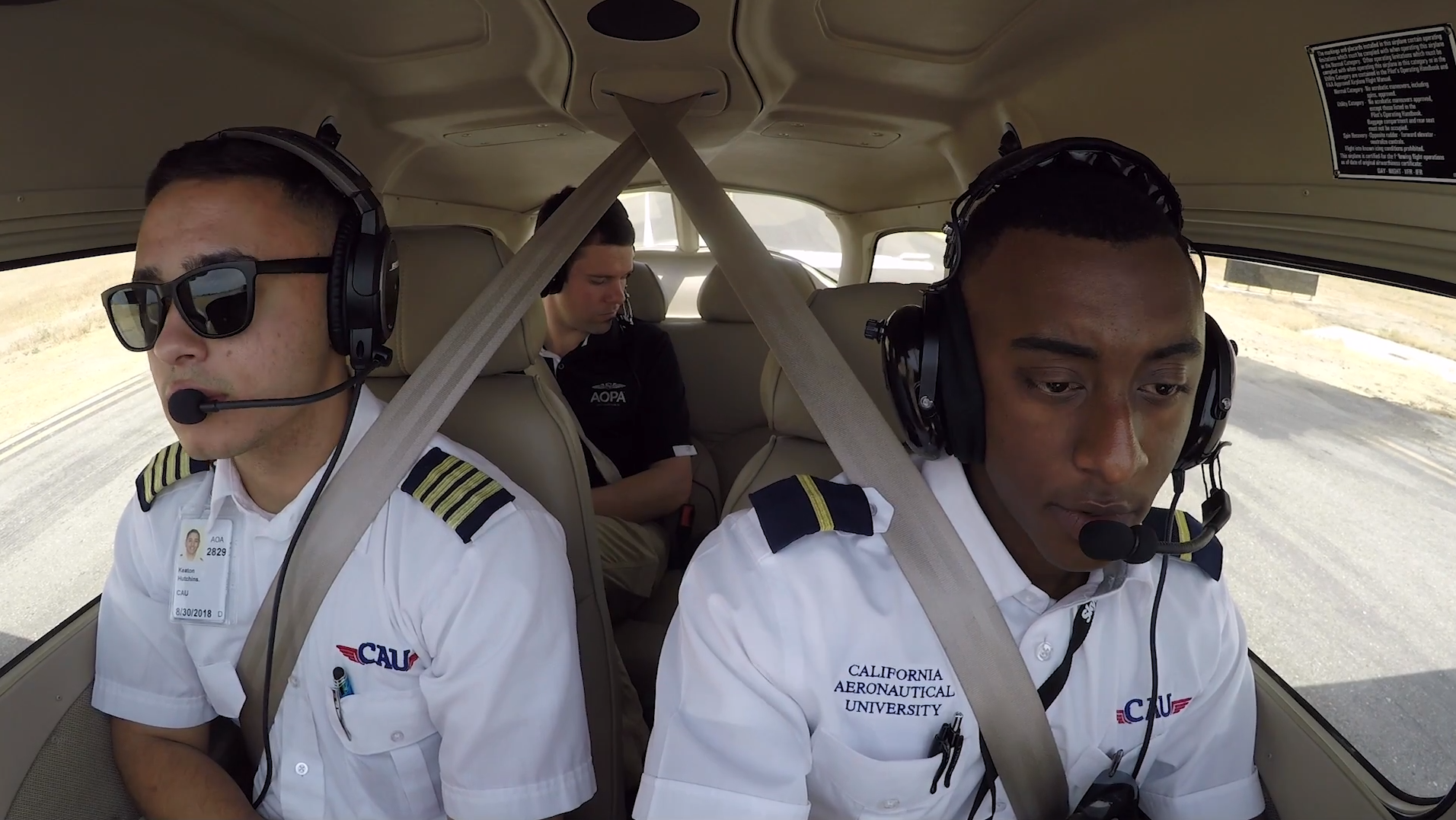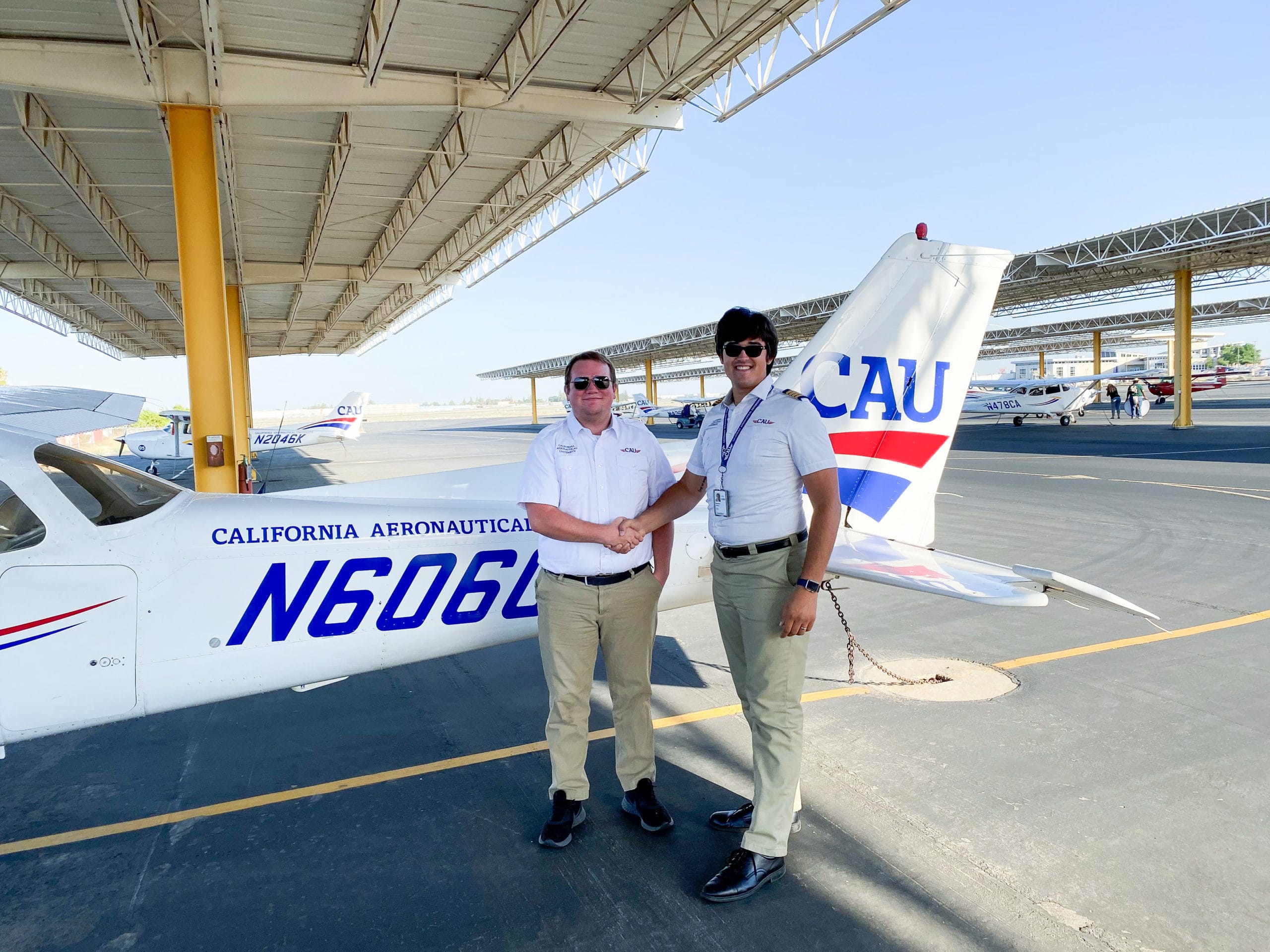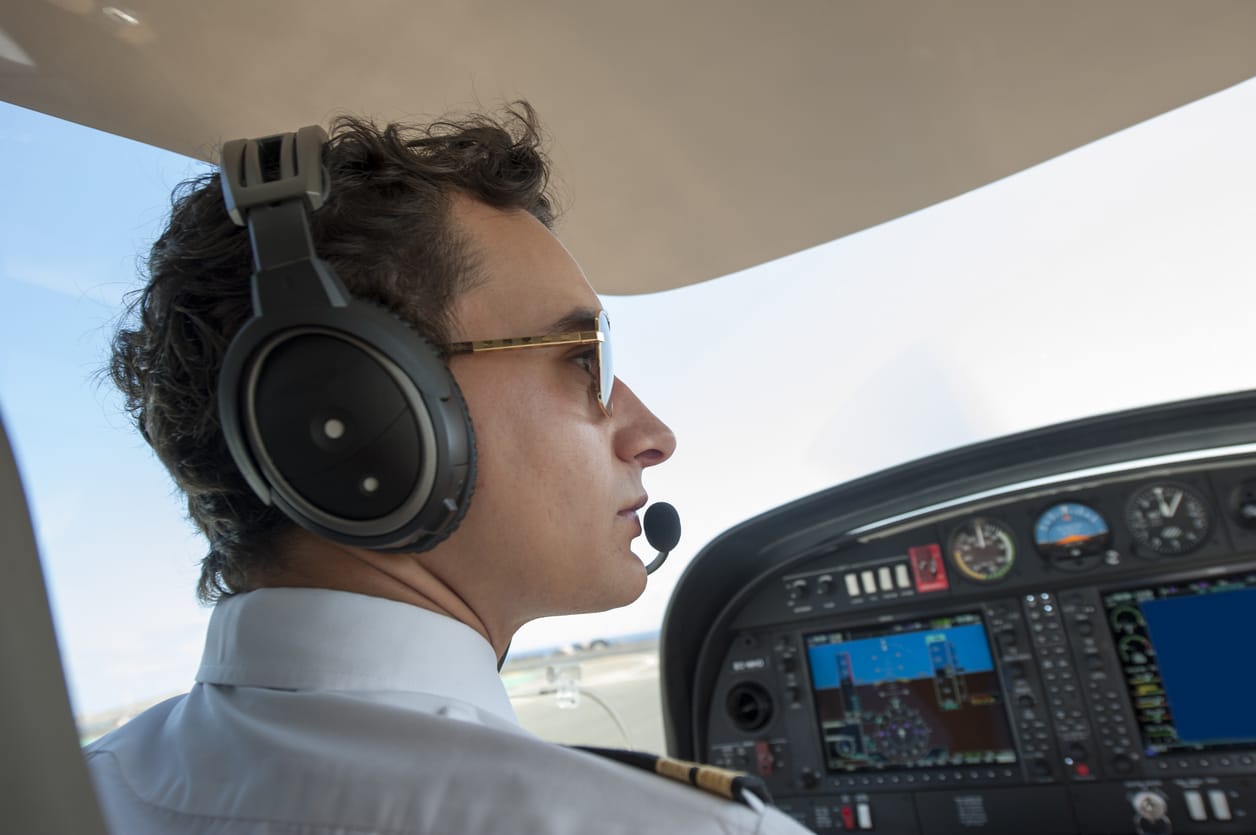Private Pilot Resources
Becoming a private pilot is an exciting journey, and having the right resources at your fingertips makes all the difference. Whether you’re just starting flight training or already hold a Private Pilot Certificate, this resource center is designed to help you navigate every stage of your aviation journey. Here, you’ll find essential information on training requirements, flight planning tools, regulations, safety tips, and more—all curated to support your success in the skies. Explore our guides, checklists, and expert insights to enhance your skills and confidence as a private pilot.
What Is a Private Pilot?
A private pilot is an individual who has earned a Private Pilot Certificate, allowing them to operate an aircraft for personal and recreational purposes. While private pilots cannot be compensated for flying passengers or cargo, they have the freedom to travel, build flight experience, and even pursue advanced certifications for commercial or professional aviation careers.
Private Pilot Overview
The Private Pilot Certificate is the most common entry point into aviation and provides foundational skills for safe and competent flight. Here’s a breakdown of what you need to know:
- Training Requirements: Pilots must complete a minimum of 40 flight hours, including solo and cross-country flying, under the guidance of a certified flight instructor.
- Medical Certification: A third-class FAA medical certificate (or BasicMed qualification) is required to ensure fitness to fly.
- Knowledge & Exams: Pilots must pass the FAA Private Pilot Knowledge Test and a checkride (practical exam) with a designated examiner.
- Privileges & Limitations: Private pilots can fly for personal and recreational use, carry passengers, and operate in controlled airspace, but they cannot be paid for their services.
- Aircraft & Ratings: Most private pilots start with a single-engine aircraft but can add endorsements or ratings for complex aircraft, high-performance aircraft, or additional categories such as seaplanes.
Earning a Private Pilot Certificate is a rewarding achievement that opens the door to a lifetime of aviation adventures. Whether flying for fun, travel, or as a stepping stone to a professional career, private pilots enjoy the freedom of the skies.
The Private Pilot Certificate
(a) Except as provided in paragraphs (b) through (h) of this section, no person who holds a private pilot certificate may act as pilot in command of an aircraft that is carrying passengers or property for compensation or hire; nor may that person, for compensation or hire, act as pilot in command of an aircraft.
(b) A private pilot may, for compensation or hire, act as pilot in command of an aircraft in connection with any business or employment if:
(1) The flight is only incidental to that business or employment; and
(2) The aircraft does not carry passengers or property for compensation or hire.
(c) A private pilot may not pay less than the pro rata share of the operating expenses of a flight with passengers, provided the expenses involve only fuel, oil, airport expenditures, or rental fees.
(d) A private pilot may act as pilot in command of a charitable, nonprofit, or community event flight described in § 91.146, if the sponsor and pilot comply with the requirements of § 91.146.
(e) A private pilot may be reimbursed for aircraft operating expenses that are directly related to search and location operations, provided the expenses involve only fuel, oil, airport expenditures, or rental fees, and the operation is sanctioned and under the direction and control of:
(1) A local, State, or Federal agency; or
(2) An organization that conducts search and location operations.
(f) A private pilot who is an aircraft salesman and who has at least 200 hours of logged flight time may demonstrate an aircraft in flight to a prospective buyer.
(g) A private pilot who meets the requirements of § 61.69 may act as a pilot in command of an aircraft towing a glider or unpowered ultralight vehicle.
(h) A private pilot may act as pilot in command for the purpose of conducting a production flight test in a light-sport aircraft intended for certification in the light-sport category under § 21.190 of this chapter, provided that—
(1) The aircraft is a powered parachute or a weight-shift-control aircraft;
(2) The person has at least 100 hours of pilot-in-command time in the category and class of aircraft flown; and
(3) The person is familiar with the processes and procedures applicable to the conduct of production flight testing, to include operations conducted under a special flight permit and any associated operating limitations.
(i) A private pilot may act as pilot in command or serve as a required flightcrew member of an aircraft without holding a medical certificate issued under part 67 of this chapter provided the pilot holds a valid U.S. driver's license, meets the requirements of § 61.23(c)(3), and complies with this section and all of the following conditions and limitations:
(1) The aircraft is authorized to carry not more than 7 occupants, has a maximum takeoff weight of not more than 12,500 pounds, is operated with no more than 6 passengers on board, and is not a transport category rotorcraft certified to airworthiness standards under part 29 of this chapter; and
(2) The flight, including each portion of the flight, is not carried out—
(i) At an altitude that is more than 18,000 feet above mean sea level;
(ii) Outside the United States unless authorized by the country in which the flight is conducted; or
(iii) At an indicated airspeed exceeding 250 knots; and
(3) The pilot has available in his or her logbook—
(i) The completed medical examination checklist required under § 68.7 of this chapter; and
(ii) The certificate of course completion required under § 61.23(c)(3).
Volunteer Resources for Private Pilots
While private pilots are not able to be paid for flying, they can volunteer within their communities and with various organizations. As long as you follow FAA regulations, you can volunteer to transport people or cargo for charitable purposes such as medical transport, animal rescue, or disaster relief.
Key points for volunteering:
-
No compensation:You cannot be paid for your flying services as a private pilot, but you can volunteer your time and aircraft for charitable missions.
-
Organizations to volunteer with:Some popular organizations that use volunteer pilots include Angel Flight, Pilots for Patients, Civil Air Patrol, and Air Care Alliance.
-
Flight types:Volunteer pilots might fly missions like transporting patients needing medical care, delivering supplies to disaster areas, assisting with animal rescue efforts, or providing educational flights.
-
Requirements:Each organization may have specific requirements beyond a private pilot license, such as a certain amount of flight time, a current medical certificate, and access to an aircraft suitable for the mission.
Have you always had a dream of flying high – and being in control of the jet? If so, then obtaining your private pilot license may be your goal. How do you do it? What training do you need? Where do you even start? A quick Google search about how to get a pilot’s license...Continue reading→
When you decide that you would like to become a pilot, there are different options to choose from. One of the most popular choices is to obtain a private pilot license. Obtained from the FAA, this type of license allows you to fly any aircraft, day or night, nationally and internationally. Some pilots stop here,...Continue reading→
When starting your journey towards a PPL certificate, it’s important to understand the private pilot license requirements needed to do so. Here’s what to know. [lwptoc numeration=”none” skipHeadingText=”Share This:”] Every journey starts with a single step. Or when becoming a pilot, your first take-off! The first step on your journey to becoming a commercial pilot...Continue reading→
[lwptoc numeration=”decimalnested” numerationSuffix=”dot” title=”CONTENTS:” titleFontSize=”30px” itemsFontSize=”19px”] Once a flight instructor is confident that a student pilot is ready to take flight entirely on his or her own, he or she will endorse the student for their private pilot checkride. Your CAU instructor will have completely prepared you for this moment, but a pilot’s private certificate...Continue reading→
For those eager to climb as far as they can in aviation and are considering a career in the cockpit, the path is clear. These vocation-oriented pilots are quick to reach for the next step, and some train for ratings and endorsements concurrently. However, deciding what to after getting your private might not be so...Continue reading→
Safety and success in aviation is a matter of knowing what possible and which limitations surround an aircraft or airspace. Smart pilots are also informed of the restrictions surrounding themselves. Becoming fully aware of the restrictions surrounding a flight is an important first step in conducting a safe one. Focusing on restrictions on a certificate...Continue reading→
Top Study Resources for Private Pilots
Okay, so you’re ready to study. Your flight instructor probably has a syllabus for you, and it probably includes these books. If you’re starting early, or you’re on your own, here’s a list of helpful study resources.
FAA Private Pilot Training Materials
When in doubt, go straight to the source! There are a lot of aviation books out there, and it can be difficult to figure out which ones to reference. Well, start at the source – the FAA. The FAA has its own set of comprehensive materials to reference, and while it’s dry government reading, the one thing we know about FAA resources is that they’re the direct source from which you’ll be tested. Most general knowledge can be found in these books – and the best part is they’re FREE!
- Private Pilot for Airplane Category Airmen Certification Standards: This is everything that will be on your final check ride in topical format. It’s a great reference for making sure you know what you’re up against and what you’ll be tested on.
- Pilot Handbook of Aeronautical Knowledge (better known as PHAK): This is all things about basic airplanes and flying. The basics of what the FAA wants you to know about flying, including licenses, weather, decision-making and regulations.
- Airplane Flying Handbook: Gets into the details about specific maneuvers and how to fly an airplane.
- Federal Aviation Regulations (FARs)- all of the rules.
- Aeronautical Information Manual (AIM)- a better description of all of the rules with pictures.
- Aircraft-Specific Pilot Information Manual (PIM) or Pilot Operating Handbook(POH): This you’ll get once you start flying. It includes all of the details about the specific aircraft you’ll fly, including airspeeds, systems, and procedures specific to that aircraft.
Flight Apps
There’s one favorite flight app that the whole aviation world uses, and it’s called ForeFlight. There’s a cost to it, and some instructors will not allow you to use it until a certain stage, but it’s the most comprehensive tool you can find for flight planning.
Other apps to consider:
- CloudAhoy
- LiveATC
- Sportys E6B app or another flight computer
- MyRadar or a weather app that you like
- A crosswind calculator app
Flashcards and Test Simulators
Flashcards can be very useful when studying. Depending on how you best learn, you might write out flashcards with a pencil and paper, or you might find a digital app like Quizlet to help you memorize things. Keep those flashcards – you’ll use them at every stage of training!
Another helpful tool is to get an ATC simulator to practice your language with air traffic control. This can be a learning curve for initial students, as air traffic controllers speak quickly and don’t allow time to think. Practicing ahead of time can give you confidence.
At-home flight simulators can be a great tool for practice, as long as you’re also getting good instruction along with it and not forming bad habits. Home simulators are good for practicing what you’re already learned from your instructor.
Community and Mentorship Opportunities
Many of the same organizations that provide scholarships also provide community and mentorship opportunities. These organizations are not only there to offer scholarships; their primary purpose is to mentor younger generations of pilots and help those in need. You may find that as a woman, for example, you’re part of an underrepresented group in aviation – one that has its own particular challenges. Joining your local Women in Aviation chapter will help you find other women to identify with and get mentorship from.
These groups often meet locally, providing an opportunity to network, even find potential future jobs, as well as just have some fun with like-minded individuals. You may even find a study group!
Have a look at your local and national groups and see which ones you want to join:
Flight Planning and Navigation Tools
Your flight planning journey will usually begin in stage two of the private pilot curriculum, after you’ve soloed, and once you begin cross-country flying. You’ll need a few tools to begin. And yes, this can all be done digitally, although flight instructors often teach differently and may require you to flight plan by hand and with paper charts and books before allowing you to lean on digital tools.
- E6B Flight Computer (old school)
- E6B Flight Computer (digital – either the calculator kind or via ForeFlight
- A plotter
- Aeronautical charts, called sectional charts, or “sectionals” (both paper copies and digital version are great for training.
- A Chart Supplement (An FAA guide for local/regional airports)
- Pencil for plotting your course on your map
- Your aircraft PIM or POH
- Current/Forecasted Weather
Private Pilot Checklists & Guides
You’ll get used to checklists during private pilot training, and you’ll likely start with your aircraft checklist. You’ll get to know this checklist by using it repeatedly in flight. Even though you’ll memorize it, checklists are typically required to be referenced by most instructors since the human mind is forgetful and using a checklist is a good habit to get into to make sure you’re not forgetting important items.
Financial Tips for Private Pilot Training
If there was a single most important question asked by private pilot students, it’s “How do I afford this?”
Most students fund flight training through multiple sources: cash, student loans, and scholarships.
Funding Flight School
Students fund flight schools through a variety of ways, but mostly through cash, loans, and/or scholarships. It’s always good to have cash savings before starting flight training, even if you rely on loans or have earned scholarships, as there are always unexpected costs.
For those for whom cash isn’t an option, there are a few loan products that cover flight training. Loans availability is another reason many people consider collegiate flight programs – student loans during college are easier to get and lower interest than private loans outside of colleges.
Some fast- track programs do offer private loan funding, and although these programs are often high interest, the aviation-specific programs sometimes come with benefits such as deferred payment after graduation to allow you time to enter the workforce and start earning money.
Lastly, scholarships are an often underutilized funding option. Local clubs and organizations offer scholarships, as do local entities, churches, schools, and national organizations. The trick is that you have to go looking for them. Google is your friend when it comes to scholarships. Here are a few places to look:
- Aircraft Owners and Pilots Association (AOPA)
- Experimental Aircraft Association (EAA)
- Women in Aviation (WAI)
- Black Pilots of America
- National Gay Pilots Association (NGPA)
There are many, many more scholarship resources to be found. Go out and see what you can find!
.
Cost-saving Tips
While there’s no doubt that flight training is expensive, there are some ways to save money that are under your control.
- Find the right flight school for you. You’ll want to make sure that instructor availability and aircraft availability are consistent. Talk to other flight students to get their experience. If delays are common, think about flying somewhere else.
- Study and prepare! Show up prepared for your lessons so that you don’t have to redo them. Sometimes, you’ll have to redo them anyway, but the more prepared you are, the more quickly you’ll be able to move on to the next lesson
- Ask a lot of questions. Don’t sit on your questions or be afraid to ask. Asking questions will move you forward
- Study online or take an online ground school. This will be cheaper than your instructor going through all of the ground school material with you.
- Ask about a discount for cash and/or for putting a certain amount of money on account for future lessons.
- Chair-fly: Sit at home in front of a flight deck poster and go through all of the maneuvers, practice talking to ATC, etc.
- Fly as often as you can: flying often means you’ll retain much more knowledge than if you have a week in between lessons.
- Apply for scholarships!
Budgeting Tools
Give yourself a budget and try to stick to it. If you’re falling way behind, talk to your instructor about realistic expectations and what you can do to stay on track. Keep track of your progress and advocate for yourself.
Private Pilot FAQs
Eligibility & Qualifications
The FAA randomly drug tests pilots employed by air carriers, but no mandatory drug testing exists unless there’s a reason to (an accident or incident). Certain employers or schools might drug test.
Cost & Compensation
Private pilots don’t make any money, unless you’re talking about a corporate pilot, which is a different thing. A corporate pilot must have a commercial pilot certificate, a level above a private pilot certificate.
Flight school can cost between $15,000-$40,000 or more, depending on how quickly one moves through the course.
The average cost to get a private pilot license is about $20,000, but can be more or less depending on how quickly one moves through the course.
Education & Training
A minimum of 40 hours is required to obtain a private pilot certificate.
The first step is to locate a flight school and an instructor, obtain an aviation medical certificate, and begin training. Training is a minimum of 4o hours but most students need 60-70 hours to gain proficiency.
A checkride for a private pilot is usually at least one hour of ground (oral exam) and one hour of flight (practical exam) but can often be more.
A private pilot can take passengers up in an airplane, but cannot give flight instruction.
It can take a few months up to a. year or more to become a private pilot, depending on how often one flies and studies.
Lifestyle
A private pilot can carry passengers or baggage, but not for hire. They can fly aircraft up to 12,500 lbs, day or night, internationally, for search and rescue operations, or for charity. A private pilot may not be compensated for flying, but can share operating expenses equally with passengers.
A private pilot can carry as many passengers as will fit in the aircraft (up to 12,500 lb aircraft limitation).
Sometimes. There’s no law against it, but there might be a company policy or flight school policy that prevents wearing earrings.
